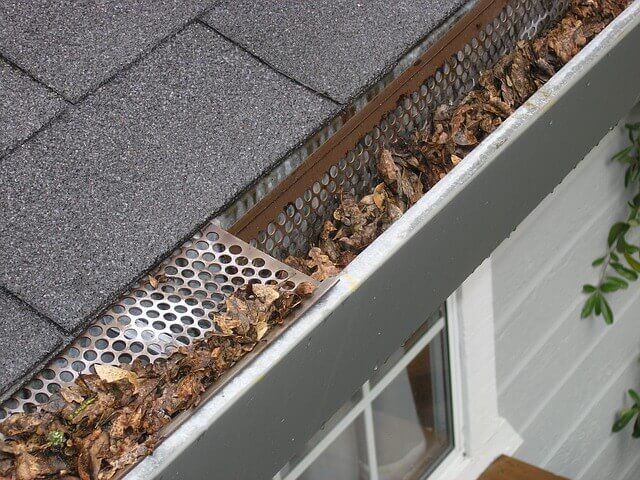Do you think you have found your dream home? While that is exciting, you should look beyond what you can physically see before getting too eager.
Buying a home is a huge financial and emotional undertaking, so you want to make sure that you do proper diligence.
Now, most real estate contracts often come with a home inspection contingency. Basically, this is a clause that gives you – the buyer – several rights. This includes the right to request repairs, negotiate the offer, or even back out of the sale altogether.
However, the reality is that no home is perfect. In fact, flawless homes are virtually unheard of. The home inspection report will almost always note some issues. And, the level of severity of those issues should inform your decision.
In this article, you are going to learn about four potential deal-breakers to look for in the inspection report.
1. Roof Damage
It goes without saying that the roof of a home is an essential part of the building’s structure. It helps protect everyone and everything under it. So, when the inspection report finds an issue with the roof, a deeper roof inspection may be necessary.
Remember, home inspections are meant to be non-invasive. As such, the home inspector may not be able to thoroughly inspect the roof. A home inspector, on the other hand, will be able to conduct a trained inspection of your roof for any kind of damage – not just the superficial stuff.
They will be able to recognize old repairs, find new issues, and note all the areas that need fixing.
Some of the telltale signs of a failing roof include:
- Exposed nail heads
- Granules in the gutters
- A sagging/bowing roof
- Curled or cracked roof shingles
- Missing or loose shingles
- Dark/dirty areas on the roof
Also, just like anything else, roofs do not last forever. Roofs will generally last for up to 25 years. More specifically, three-tab shingles last 12-15 years and dimensional shingles should last between 15 and 20 years.
2. Foundation Damage
The foundation of a home is meant to stay solid. After all, it is what supports everything else that rests on it. Ideally, it should be a durable base that is capable of withstanding anything.
Sadly, though, not all homes have solid foundations. As a matter of fact, 25 percent of all American homes end up experiencing structural distress during their lifetime, according to data from over 10,000 structural claims.
Foundations fail for all sorts of reasons.
Here are some examples:
- Poor pre-construction compaction of the building pad
- Extremely low or high soil moisture during construction
- Poor clay soil conditions
In addition, as you probably know, repairing foundation damage is not cheap. Depending on its severity, it can set you back by as much as $10,000. So, how can you tell if the foundation is compromised? Well, here are some of the tell-tale signs to be on the lookout for:
- Gaps around door frames and windows
- A leaning or cracked chimney
- Cracks on the foundation and/or walls
- An uneven floor
- Gaps between floors and walls
3. Water Damage
Besides foundation damage, water damage is also one of the major red flags you should lookout for. Some of the most common sources of water damage include clogged gutters, plumbing issues, and burst pipes.
Similarly, fixing water damage is very costly. According to HomeAdvisor.com, you can expect to pay anywhere between $1,145 and $4,693 to restore or repair water damage.
What’s even worse, that estimate can increase should there arise a mold problem. In some of the most severe cases, getting rid of mold can cost you tens of thousands of dollars to fix.
4. Plumbing Issues
As previously mentioned, water damage is not something to take lightly. Unfortunately, some problems are hard to detect and require the trained eye of a home inspector.
Fixing a damaged plumbing issue can cost tens of thousands in repair costs. Furthermore, plumbing related problems could also mean costly water bills. Not to mention, the environmental impact is also negative. In fact, according to the Environmental Protection Agency, household leaks lead to water wastage amounting to 1 trillion gallons of water nationwide!
Here are some of the signs your home inspector will look for:
- High water pressure
- Hidden leaks
- Running toilets
- Clogged sewer line
- Broken or rusty pipes
- Slow drainage in the sink or shower
Bottom Line
We recommend you conduct a home inspection report before settling on a home. This will help you ensure that the home’s foundation and roof are not damaged, that there is no water damage, that the plumbing is working well.
These are the 4 most important things you should be on the lookout for.
Also, remember that hiring the right professionals can make all the difference!
Thank you for stopping by today. This post was brought to you by our friends from OmniKey realty.


